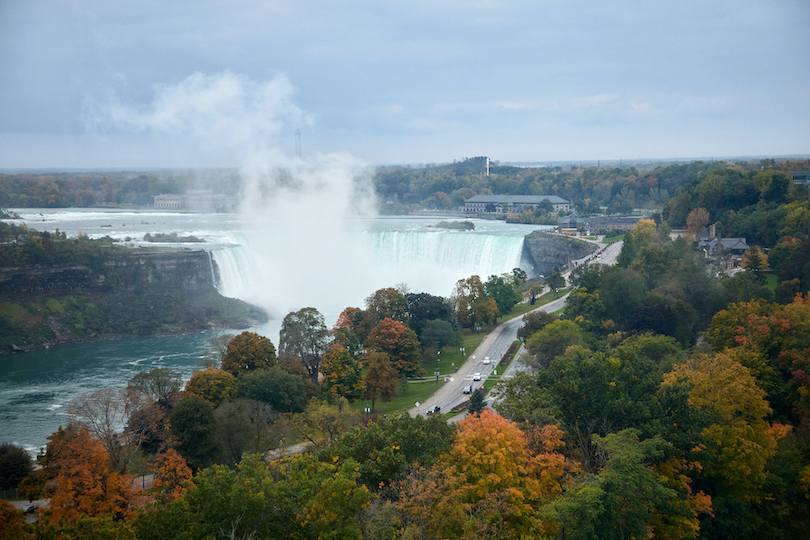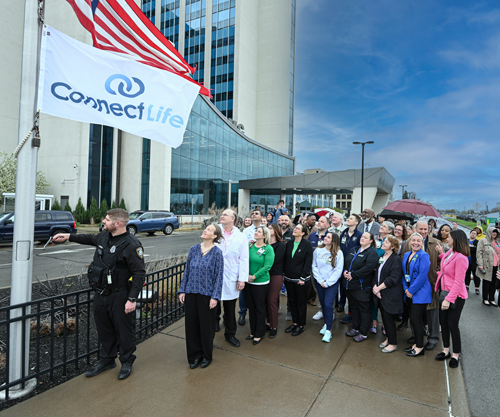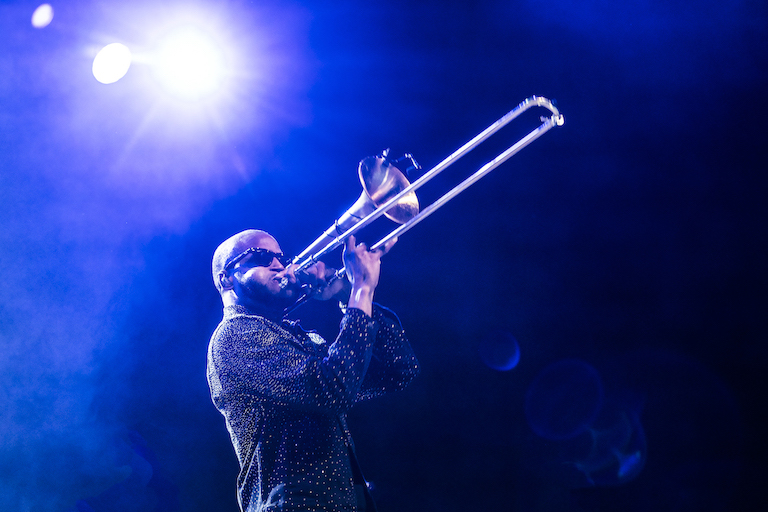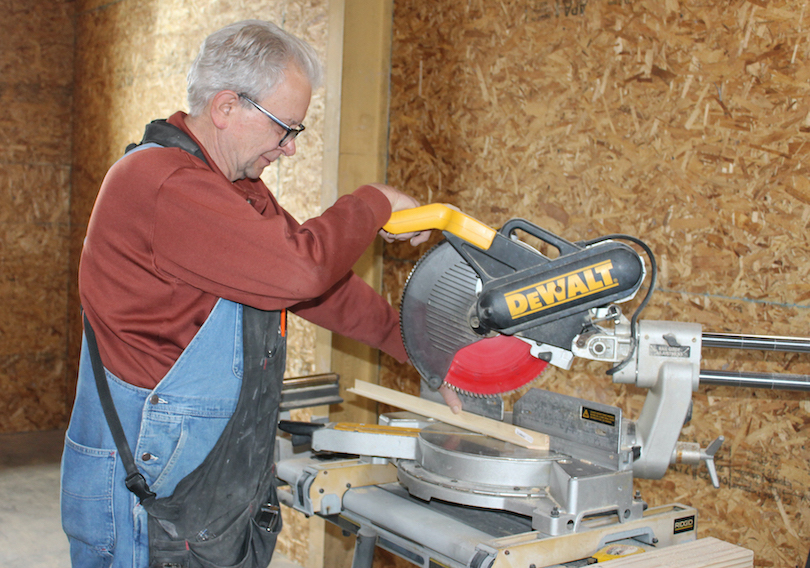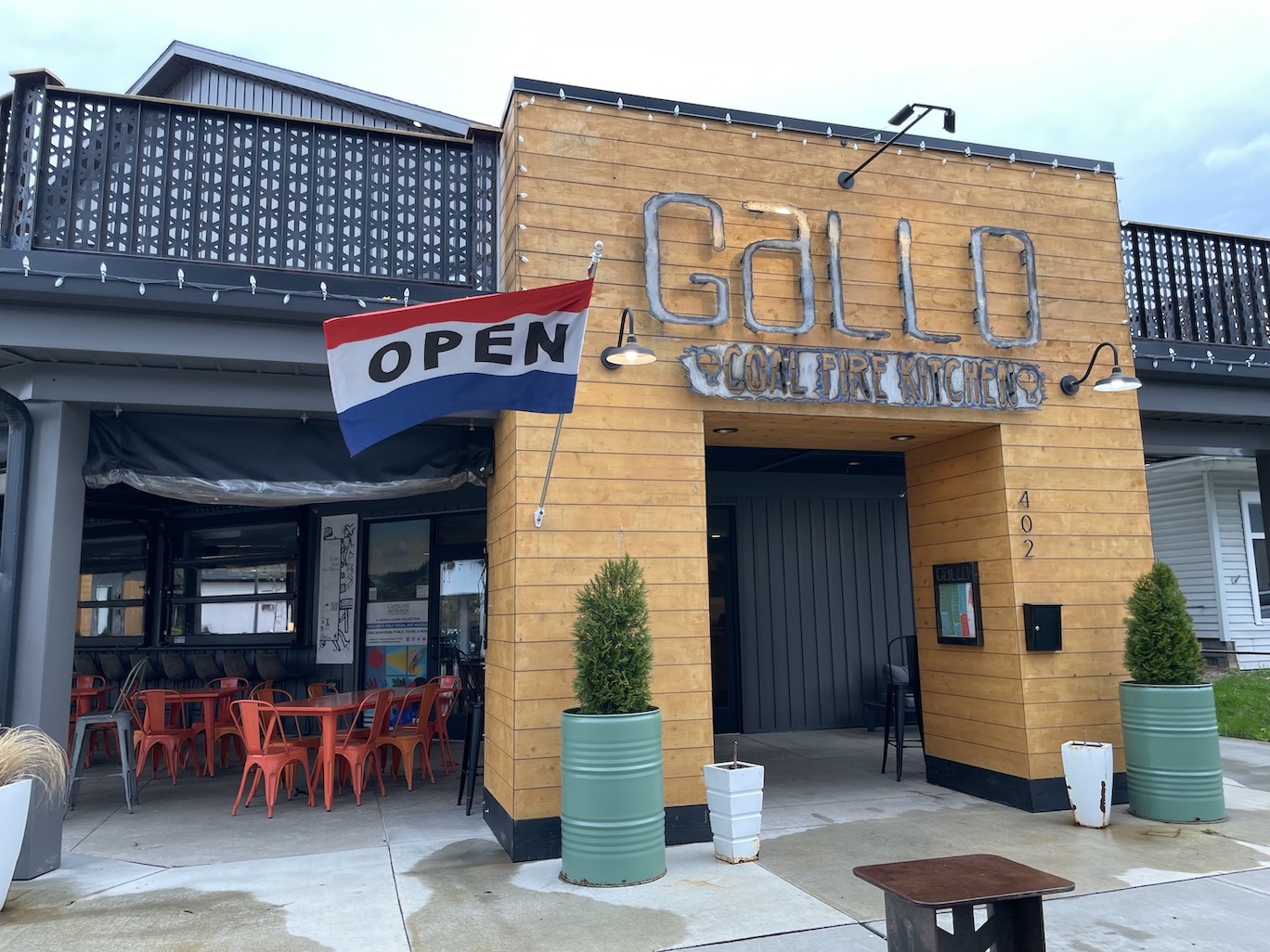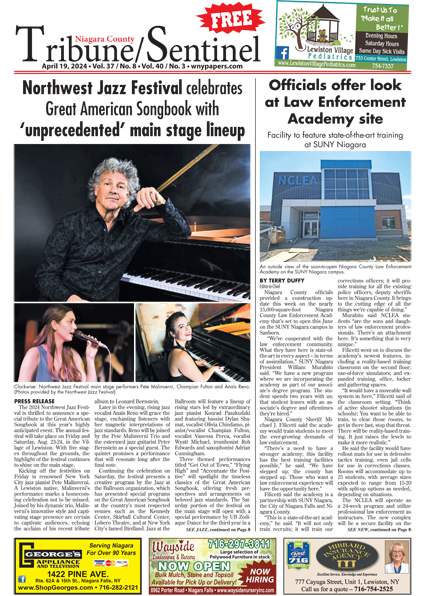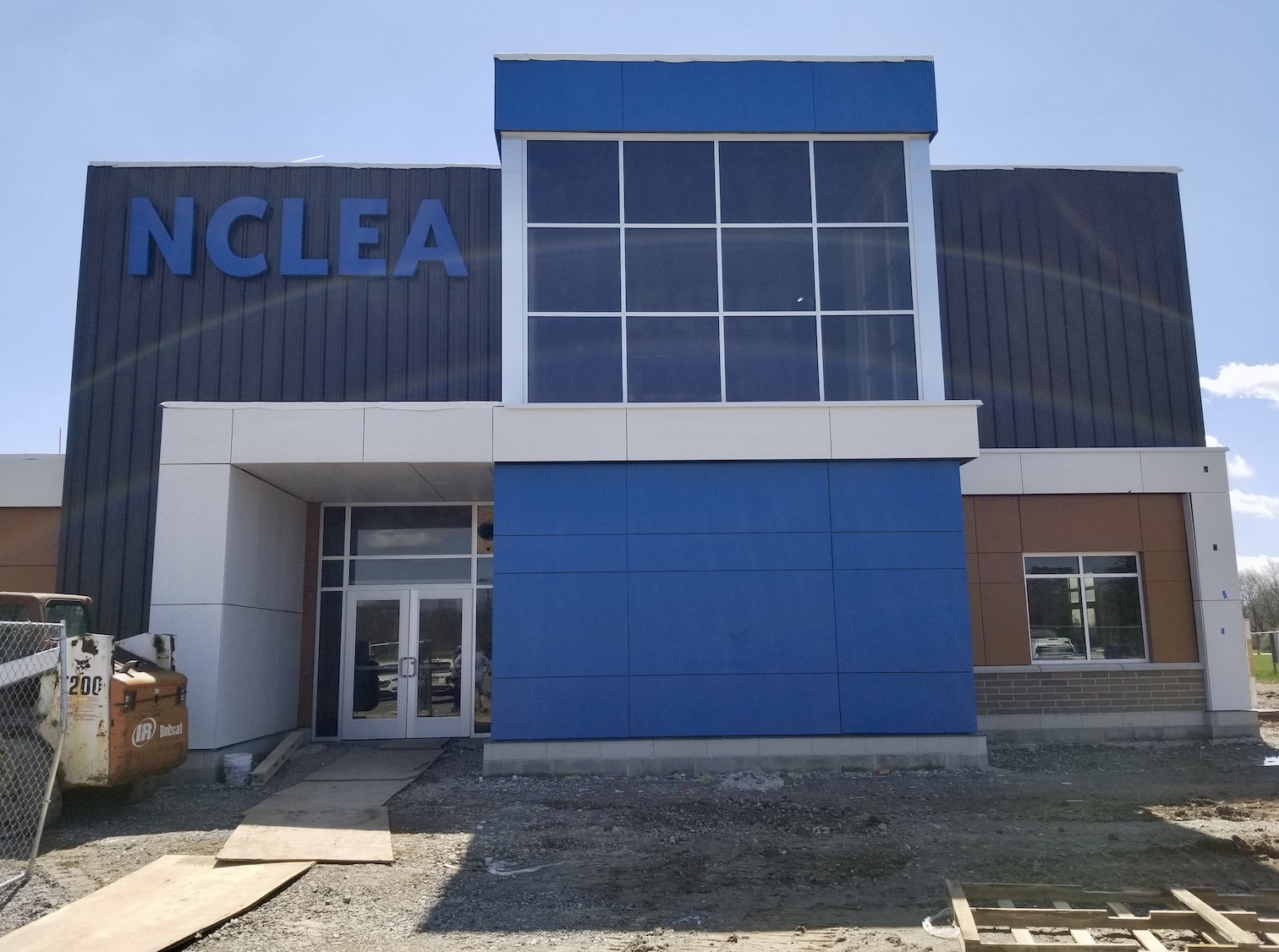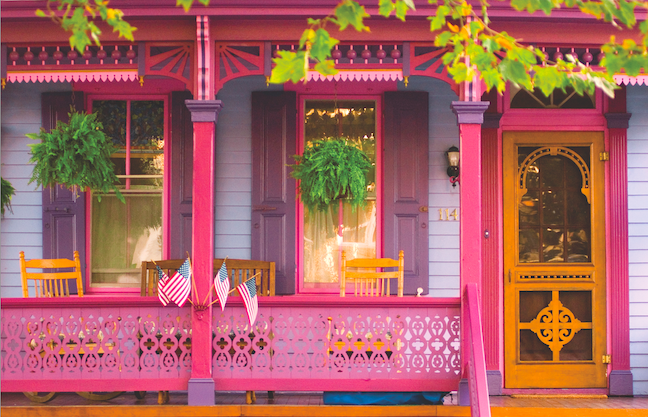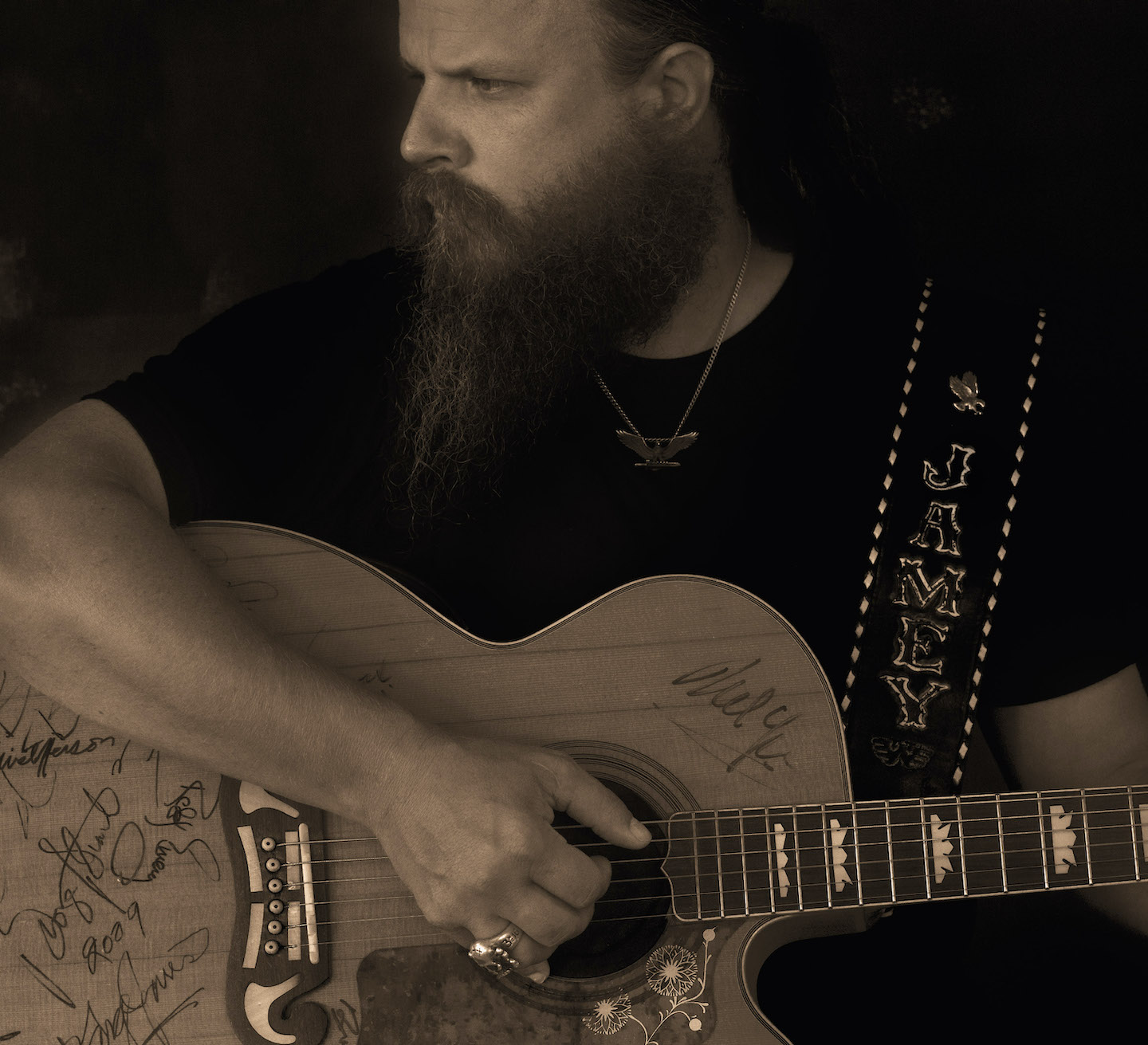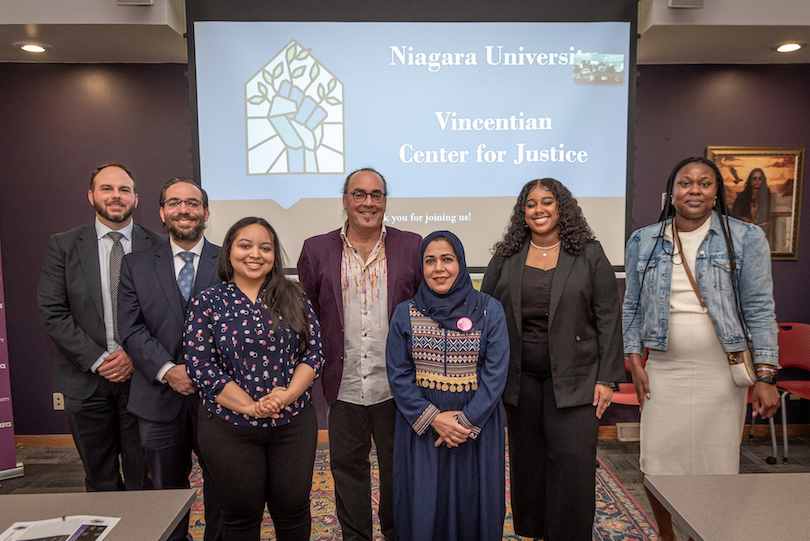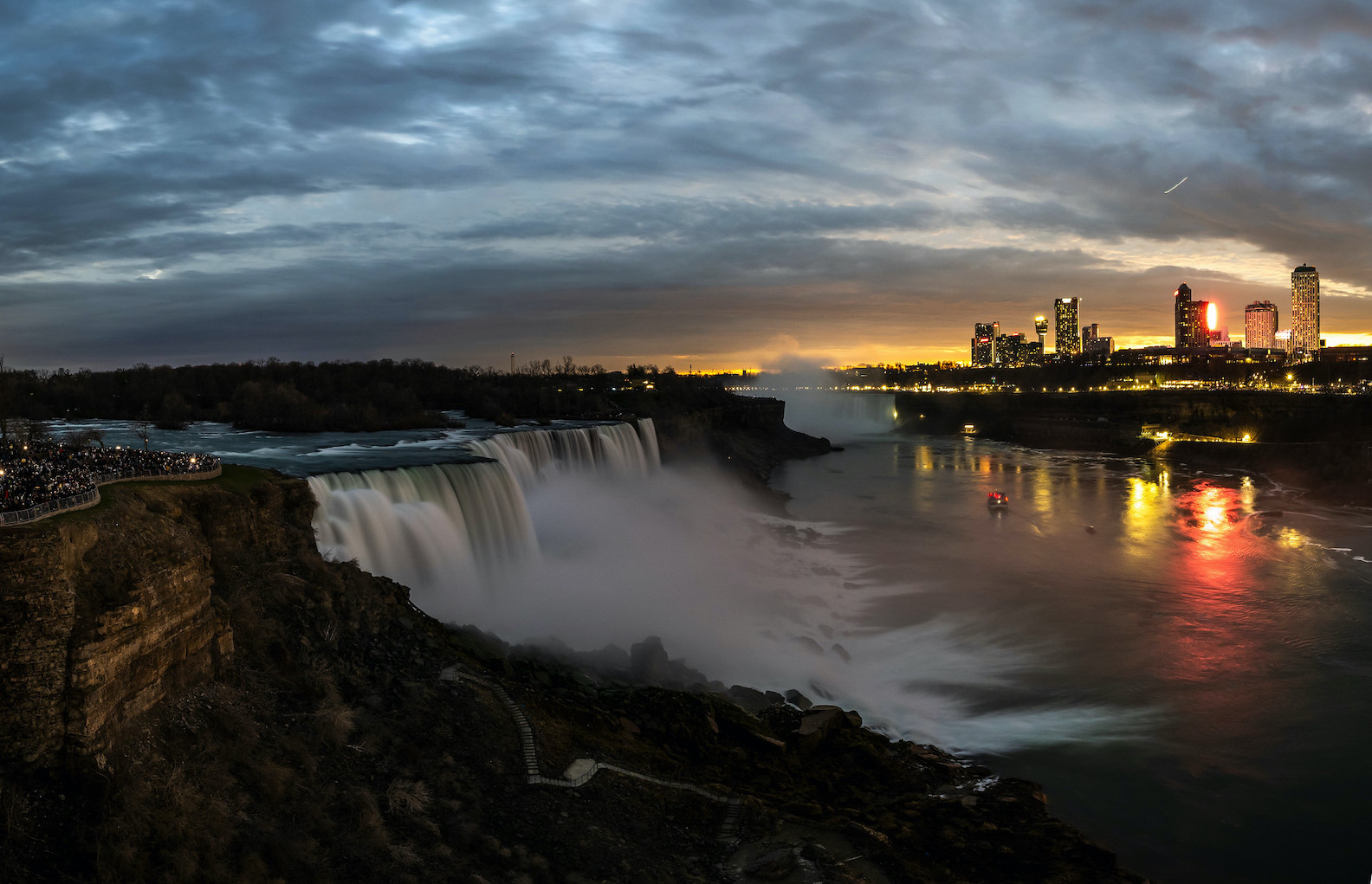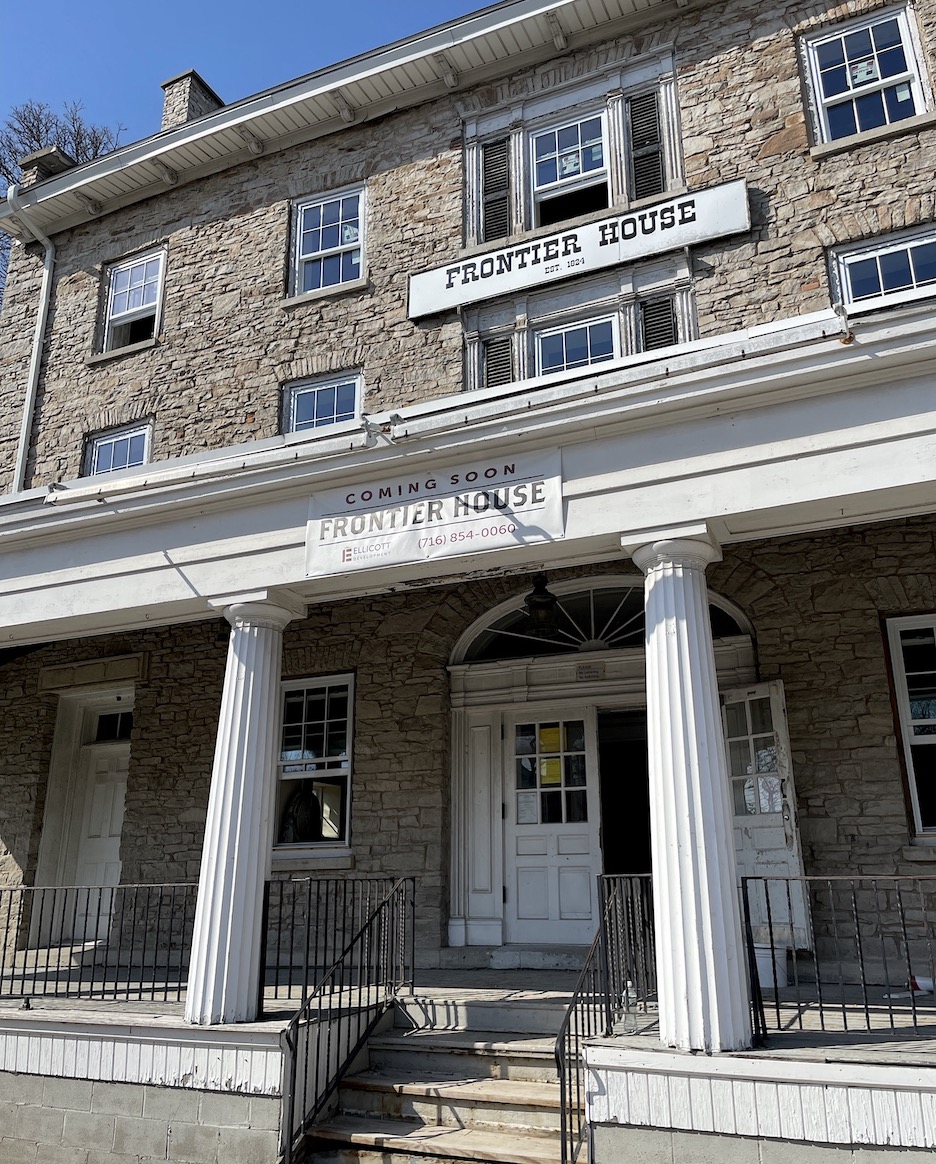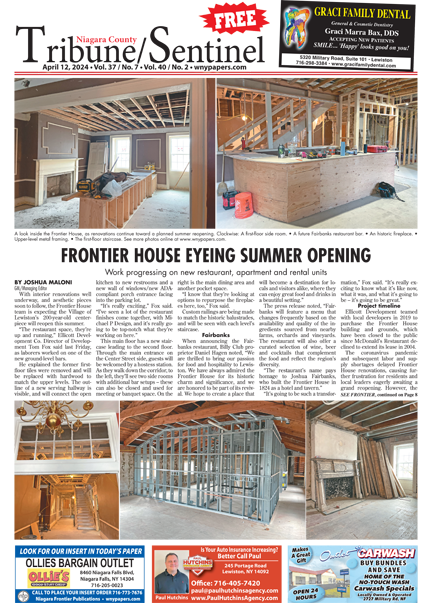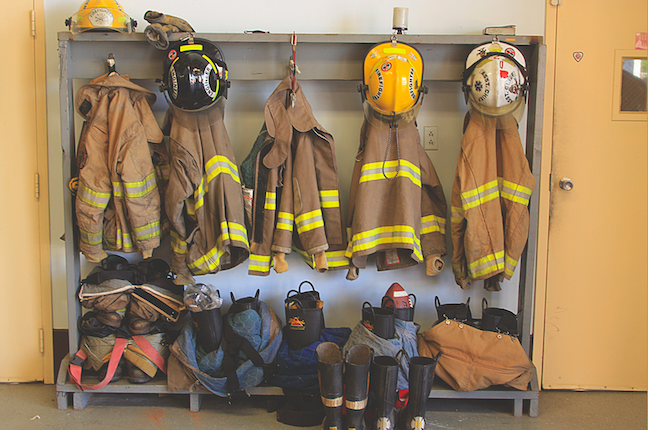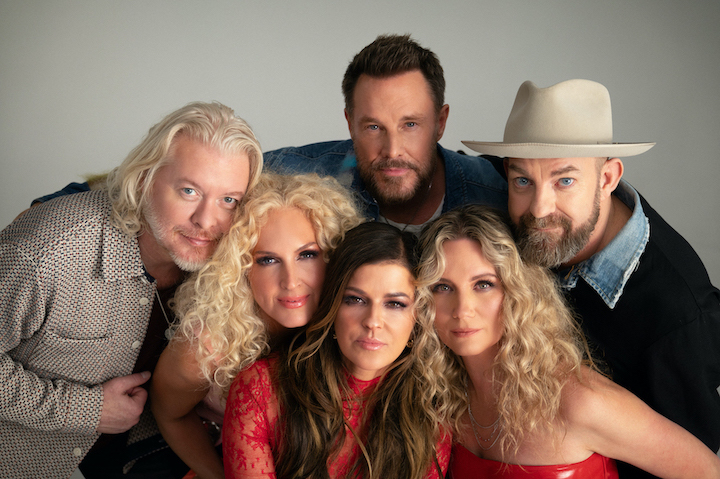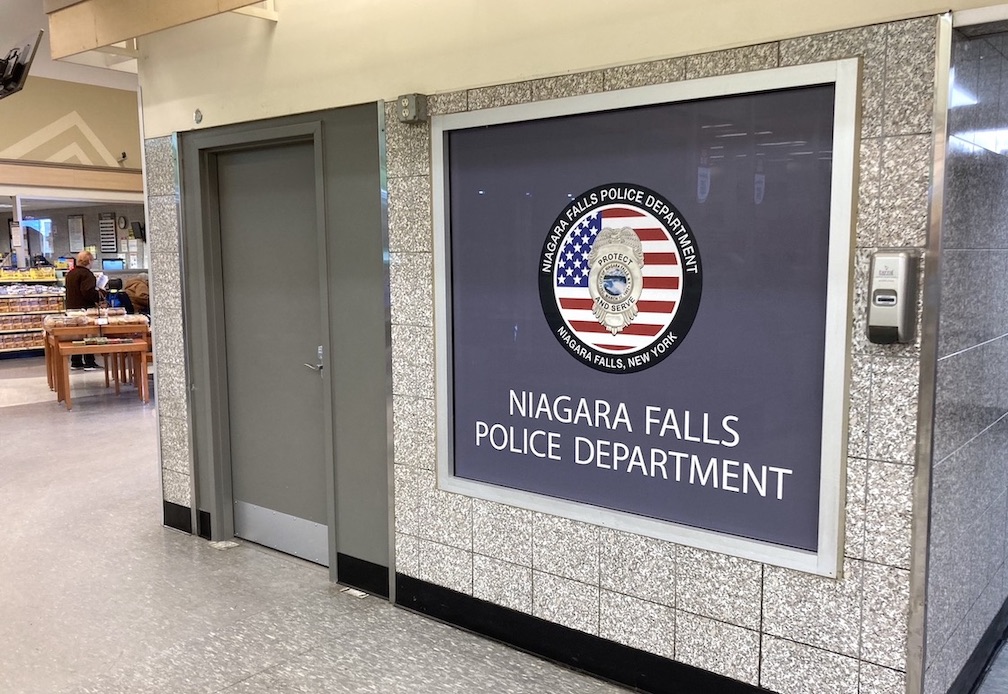Featured News - Current News - Archived News - News Categories
Exhibit is based on book ‘Louise Blanchard Bethune: Every Woman Her Own Architect,’ by Kelly Hayes McAlonie
By the University at Buffalo
The University at Buffalo Libraries will host an exhibit celebrating the life and career of Louise Blanchard Bethune, America’s first professional female architect, beginning on March 29 in 420 Capen Hall on the university’s North Campus.
“Louise Blanchard Bethune: Every Woman Her Own Architect” is a companion to Kelly Hayes McAlonie’s new book of the same title, which uncovers the hidden stories and fascinating history of a woman who, until now, had been largely forgotten, and whose groundbreaking achievements had gone mostly unacknowledged.
Bethune’s personal papers and her firm’s office records have been lost. Her diaries, if she kept them, no longer exist. And though well known in her time, she slipped into obscurity following her death in 1913. But Bethune’s silent history began to find voice when Hayes McAlonie, UB’s director of campus planning and an architect herself, was gifted a cache of documents accumulated over 25 years by another researcher.
The resulting book, and now the exhibition, lift Bethune’s veiled past to provide readers and visitors with an extensive look at a woman who challenged Victorian assumptions and advocated for women’s rights in the areas of employment, equal treatment, pay equity and physical fitness.
“Louise Bethune’s story is certainly a hidden history,” Hayes McAlonie said. “I am honored to share what I’ve learned about this extraordinary woman and provide a resource for future historians.”
The exhibit charts Bethune’s early life through her professional career with set pieces, rare photographs, artifacts, architectural drawings and period clothing, with many items on display taken from the Zina Bethune Collection on Louise Bethune, a new collection of Bethune-related material generously donated to the university by Sean Feeley, whose late wife, Zina Bethune, was Louise Bethune’s great-granddaughter.
“Zina was very proud of her great-grandmother’s legacy,” Feeley said. “She had close ties to UB and the City of Buffalo through her grandparents. I’m delighted that her family documents have led to the creation of this archive.”
The limited work that previously examined Louise Blanchard Bethune as a subject concentrated on her buildings. But Hayes McAlonie explores, and the exhibit demonstrates, how Bethune’s life and career were intertwined.
“Exhibits like this deliver context in powerful and interesting ways that allow visitors to deeply pursue the subject matter,” said Marie Elia, UB Libraries archivist for special collection. “Anyone interested in local history, architecture or the women’s movement can experience what Louise found important and how those life elements informed her career.”
The exhibit is open to the public from 10 a.m. to 4 p.m. weekdays. Group tours and visits can be arranged outside of those hours by contacting University Archives.
Bethune’s groundbreaking career in architecture paralleled a crucial period in the field’s history. As the rapid urbanization, economic and industrial expansion that characterized the Gilded Age was at its peak, architecture also grew from a casual pursuit into a serious and respected profession.
Bethune, who designed many Buffalo landmarks, including the Hotel Lafayette, broke the profession’s gender barrier when a Buffalo architectural firm hired her in the summer of 1876. She opened her own office five years later. Then in 1888, more than 30 years before women’s suffrage, she became the first woman admitted to the American Institute of Architects (AIA), the prestigious organization that today is the largest and most influential professional architectural society in the country. She would eventually become one of AIA’s leaders.
It was a profound accomplishment. Few women were admitted to the AIA until the 1920s, and the organization didn’t even address its indifference to its women members for another 50 years.
Bethune’s first floor plan for the former Buffalo Police Station No. 2, one of the drawings she submitted as part of her AIA application, is among the renderings on display. There is even a recreation of the drafting table on display that she would have used to complete the plans.
“Through the Zina Bethune archive and loans of various artifacts from our collaborators, visitors can see how the life and work of Louise Bethune was intertwined with that period in Buffalo’s history,” said Sarah Cogley, digital archivist. “Archival collections rarely have that kind of breadth, since they usually focus on either the personal or the professional, but here we have a more complete portrait of Louise.”
The complete archive is available for research on premises, with the exception of those items that are part of the current exhibit. A portion is also available through the libraries digital collection.
The exhibit is arranged in six thematic sections, each vibrantly displayed in specific colors based on dyes that were popular and available in the late 19th century. Each section aligns with a chapter from Hayes McAlonie’s book, including one dedicated to cycling, which Susan B. Anthony once described as having “done more to emancipate women than anything else in the world.”
Bethune was the first woman in Buffalo to own a bicycle. She is also a founding member of the Buffalo Women’s Wheel and Athletic Club, just the second such club for women in the country.
A bicycle from the period will be on display.
“Bicycling impacted the women’s movement by challenging what women could do physically,” Hayes McAlonie said. “Just as in the architectural profession, few women had previously adopted cycling as a sport and means of transportation because of the limitations of bicycle design, their bulky clothing, and the general feeling that only men had the physical strength to ride long distances.”
The exhibit will be on display through January of next year.
University Libraries would like to thank the departments and institutions that are lending items to the exhibit: The Costume Shop, UB Department of Theatre and Dance; The Fabrication Workshop, UB School of Architecture and Planning; The Rare Book Room at the Buffalo and Erie County Public Library; The FTT Historic Costume and Textile Collection at SUNY Buffalo State University; and the New York State Museum.

